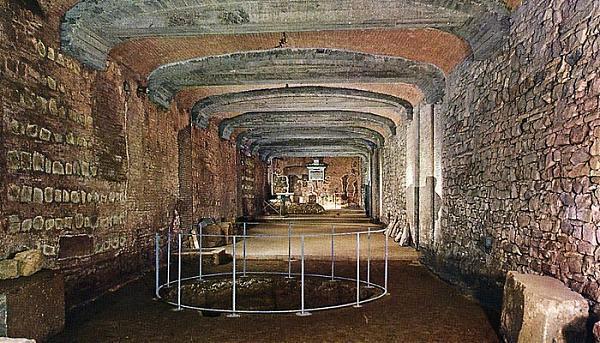Ygorcs
Active member
- Messages
- 2,259
- Reaction score
- 812
- Points
- 0
- Ethnic group
- Multiracial Brazilian
If ancient Rome was even half as beautiful and grand as this animation makes it look like, it must've been absolutely otherworldly for most people who lived in simpler societies in that time.
https://www.realmofhistory.com/2018/02/19/astounding-3d-animation-rome-320-ad/?utm_source=quora&utm_medium=referral
I like that the 4th century architecture is already very clearly an antecedent to the medieval, particularly Catholic (monasteries, churches, bishopric palaces etc.) architecture we see in Italy and even elsewhere. Some of it is already a bit "Byzantine", or so I thought. The tiled roofs and the whole structure of the more functional buildings remind me of some Italian and Portuguese (and via them Brazilian) old architecture.
https://www.realmofhistory.com/2018/02/19/astounding-3d-animation-rome-320-ad/?utm_source=quora&utm_medium=referral
I like that the 4th century architecture is already very clearly an antecedent to the medieval, particularly Catholic (monasteries, churches, bishopric palaces etc.) architecture we see in Italy and even elsewhere. Some of it is already a bit "Byzantine", or so I thought. The tiled roofs and the whole structure of the more functional buildings remind me of some Italian and Portuguese (and via them Brazilian) old architecture.




